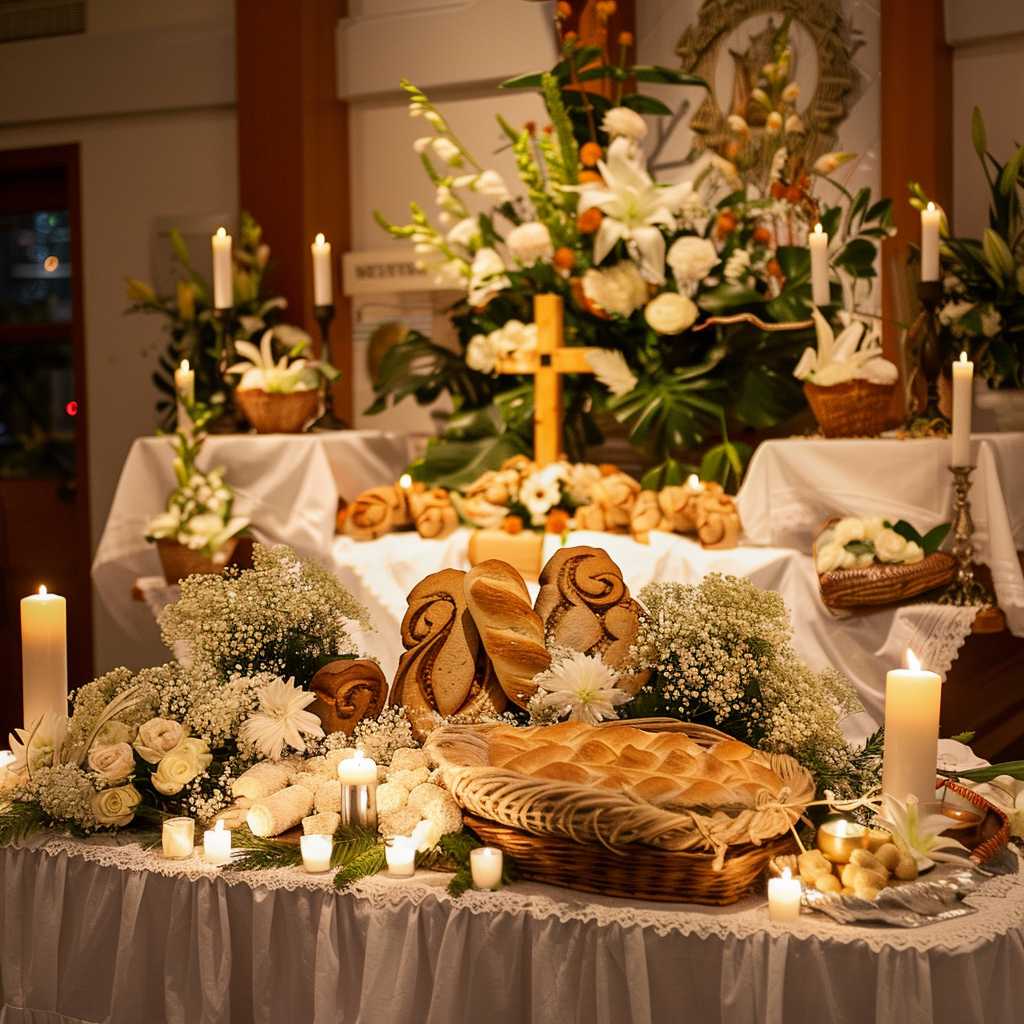St. Joseph’s Day: Celebrating the Patron Saint of Workers and Fathers
St. Joseph’s Day, celebrated on March 19th each year, is a cultural and religious feast day commemorating St. Joseph, the foster father of Jesus Christ in Christian belief. As the husband of the Virgin Mary and patron saint of various groups – including workers, fathers, carpenters, and the sick – this day holds significant importance in both liturgical traditions and community festivities. In this article, we’ll explore the origins, customs, and worldwide celebrations associated with St. Joseph’s Day, shedding light on why it is revered by so many.
The Origin and Significance of St. Joseph’s Day
History of St. Joseph’s Day
St. Joseph’s veneration dates back to the 10th century, but it was not until 1479 that the feast was added to the Roman calendar by Pope Sixtus IV. In 1870, Pope Pius IX declared St. Joseph the patron of the Universal Church, enhancing his standing amongst Catholics and substantially fostering global observance of his feast day.
Religious Importance
St. Joseph is regarded as a model of virtue – his life as a humble carpenter and devoted protector of Mary and Jesus earns him respect in Christian teachings. On March 19th, Catholic and some Protestant sects reflect upon Joseph’s example of faithfulness and integrity. This day is observed with special masses and prayers asking for his intercession.
Cultural Impact
Historically ingrained in various Mediterranean societies, St. Joseph’s Day is also an occasion for cultural expression. It underscores values such as family solidarity, hard work, and compassion – resonating well beyond ecclesiastical confines into broader secular appreciation.
Customs and Traditions Associated with St. Joseph’s Day
Religious Customs
In religious observance of the day, processions and church services are commonplace; statues and images of St. Joseph are often adorned with flowers and surrounded by candles. In some parts of the world where the day is a holy day of obligation, Catholics attend mass, and participating in acts of charity is encouraged in honor of St. Joseph’s giving nature.
Altars for St. Joseph
Particular to this feast day is the creation of elaborate altars or tables laden with food in many cultures. The “St. Joseph’s Table” or “St. Joseph’s Altar” is often filled with symbolic foods like bread shaped into carpentry tools or fava beans, which are associated with a miracle attributed to St. Joseph during a famine.
Food and Feasting
Feasting on this day enjoys a festive significance with traditional dishes being prepared in different regions. Especially renowned are Italian customs where specialties like Zeppole (a sweet pastry) take the spotlight in culinary celebrations. Communities may gather for meals that focus on meatless dishes due to its usual occurrence during Lent.
‘Wearing of the Red’
Red clothing is often worn on St. Joseph’s Day as a symbol of celebration similar to the green worn on St. Patrick’s Day. People particularly in Italian-American communities don red attire to partake in parades or other social gatherings.
Celebrations Around The World
Italy: A Cultural Hub
Italy cherishes St. Joseph not only as a protector but also as a cultural icon; this reverence takes center stage in Sicilian rites, owing to an ancient tradition crediting him for preventing a famine during the Middle Ages.
United States: A Melting Pot of Traditions
Within the United States, notably among Italian-American communities, St. Joseph’s Day embraces cultural memorialization with feasts, religious services, and charitable acts, mirroring the spirit seen in Italy itself.
Other Countries: Variations in Observance
In countries like Spain, Poland, and Portugal as well as several Latin American nations where Catholicism plays a major role in cultural heritage, variations of observance occur including family gatherings, public music performances, and church-centered festivities.
Impact on Labor Movements
Given that he is the patron saint of workers, celebrations sometimes blend into labor movement contexts; trade unions might mark the day as one for underlining workers’ rights coupled with engaging local history talks or commemoratives.
